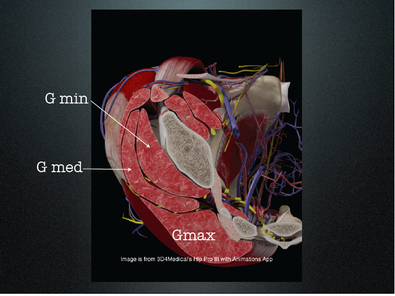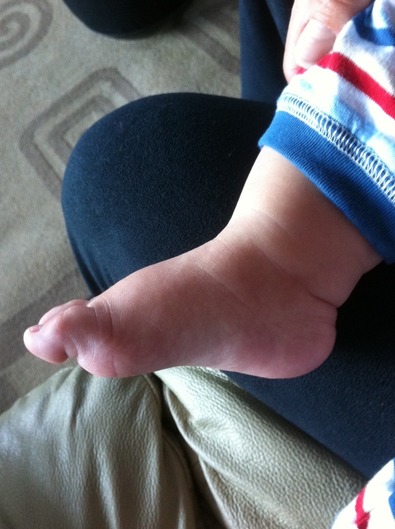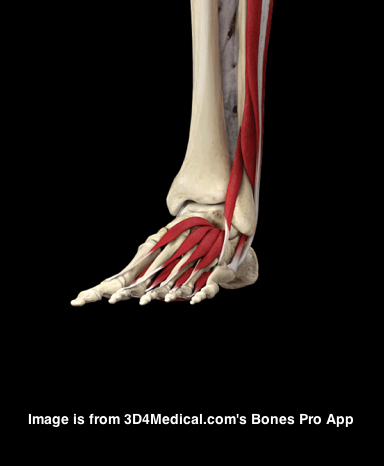Counting and Layers
Know where your needle is!

I often say when I am teaching “If you don’t know where your needle is, it probably shouldn’t be there” and “ Know your anatomy!”.
An easy place to get lost at times is in the posterior cervical muscles or anterior compartments of the lower leg and arms. In addition to using an app like . . .
Posted in: acupunctureclinicalclinical examcountingdeepdeep needlingdry needlinglayersmusclemuscle layersneedlingtpdntrigger point dry needling
The Glutes, part 1
Beautiful Glutes! Part 1
Place your hands on your buttocks and stand up from a seated position. Did you feel them fire? Now walk with your hands in your back pockets. Do you feel them active at the end of your stride? No? Maybe you should be in rehab. You should!
The glutes have been the fascination of . . .
Posted in: acupuncturedry needlinggaitglutegluteusgluteus maximusgluteus mediusgluteus minimusinstabilitymusclemuscle actionrehabtpdntrigger point dry needling
The Extensor Hallucis Brevis
A primary descender of the 1st ray
Look at this beautiful muscle in a foot that has not yet been exposed to hard planar surfaces and shoes that limit or alter motion!


The Extensor Hallicus Brevis, or EHB (beautifully pictured above causing the extension (dorsiflexion) of the my son's proximal big toe) is an important muscle for descending the . . .
Posted in: acupuncturebrevisdeep needlingdry needlingehbextensorextensor hallucis brevisfoothallicishallucismuscle layersmyofascialneedlingperoneusperoneus longusrehabrehabilitationtpdn
Needling and Instability
As people who needle, we often emphasize needling the paraspinal muscles associated with the segemental innervation of the peripheral muscle you are needling. For example, you may needle the L2-L4 paraspinals (ie: femoral nerve distribution) along with the quads, or perhaps the C2 PPD’s along with the suboccipitals. We do . . .
Posted in: acupuncturecervicalcervical instabilityclinical examdenervationdry needlingexaminstabilitylumbarlumbar instabilityneedlingneurologyppdspacial summationspinalspinal instabilitysummationtemporaltemporal summationtpdntrigger point dry needling
A little manipulation can go a long way...
Movement isn’t important...until you can’t...
Grey Cook
Manipulation of a joint appears to change the instantaneous axis of rotation of that joint (1). It would stand to reason that this change would effect muscle activation patterns (2). Can this be applied to the lower extremity? Apparently so, at . . .
Dry Needling and Autonomic Changes
_medium.jpg)

Leg Pain? Are you SURE its a disc?
Gluteus minimus dysfunction is often present in gait disorders, including stance phase mechanical problems, since it fires from initial contact through pre swing, like it better known counterpart, the gluteus medius. It is interesting that the trigger point referral pattern of the gluteus minimus . . .
Posted in: changesdry needlingneedlingperoneusperoneus longussoleustpdntrigger point dry needlingvascularvascular changes
The little known iliocapsularis
I bet I could needle that muscle....
As with many things, one thing often leads to another. I had a patient with anterior hip pain and what i believed was iliopsoas dysfunction, but I wanted to know EXACTLY which muscles attached to the hip capsule, to make sure I wasn’t missing anything.
I turned up some great info, . . .
Cover image credit: http://wallpapershacker.com/skulls_sketches_skeletons_spine_drawings_hd-wallpaper-1015286/
